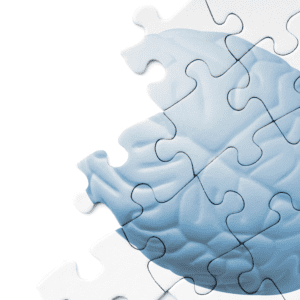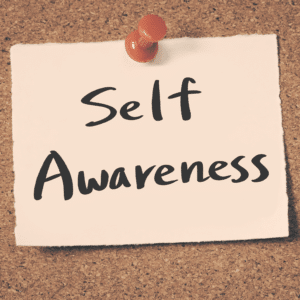Introducción
If you’re trying to learn something new, it helps to know which learning style you have. This can help you more easily absorb the information and make connections between what you know and what you’re learning.
In this article, we’ll cover:
- What is a learning style?
- Which are the most common types of learners?
- How can knowing your own learning style help your studies?
Aprendices Visuales
Visual learners are more likely to remember what they see, so it is important to use visuals when possible. Visual learners learn best when they can see the big picture and then go back and fill in the details later. This means that if you’re a visual learner, you might need to take notes on your laptop or tablet instead of just jotting down some words in a notebook like other people do–it will help make sense of what you’re learning better than just writing down random ideas because there’s no structure or organization involved!
Aprendices auditivos
Auditory learners are often highly adept at listening and remembering information. They do well when they can hear lectures, music, audiobooks and podcasts. If you’re an auditory learner, try to listen to these types of media while studying so that you can remember what was said or read better.
If you’re an auditory learner who prefers to take notes in class (instead of typing them out on a computer), consider recording yourself reading your notes back as an alternative way of absorbing information from lectures or textbooks that may not have been covered by the professor on the day he/she gave them out.
Estudiantes cinestésicos
Kinesthetic learners are often good at sports, other physical activities and have a hard time sitting still because they’re always moving. They like to touch things and use their hands to learn. Kinesthetic learners tend to learn best through hands-on activities such as building something or doing a craft activity.
Kinesthetic learners need movement in order for their brains to process information effectively. If you’re a kinesthetic learner, make sure that you get up from your desk every once in awhile so that you can stretch or walk around the room while taking notes or listening during class discussions.
Estudiantes táctiles
Tactile learners learn by doing, rather than by listening or reading. They like to touch things and often enjoy hands-on activities. Tactile learners may have a hard time sitting still, as they are easily distracted by their environment. When studying, you should use visual aids (such as diagrams) when explaining concepts so that they can see it more clearly in their minds’ eye.
This is also the type of learner who will benefit most from taking notes during lectures; this helps them retain information better than if they just listen without writing anything down!
Linguistic Learners
Linguistic learners are the people who enjoy reading, writing and learning new words. They like to read and write and they like to learn new words. They use language in their everyday life and can easily express themselves verbally or in writing.
Linguistic learners often prefer traditional methods of studying such as listening to lectures, reading textbooks and taking notes because these activities help them reinforce what they are learning by reinforcing their knowledge through repetition (e.g., reading over your notes).
A good learning style can help you learn better.
A good learning style can help you learn better. Certain people have a natural ability to engage with and retain information, while others struggle to make the most of their education. If you’re struggling with school, it’s possible that your own learning style is working against you.
The different learning styles can be used to help each other. For example: if someone has a visual learning style but struggles with math, he might benefit from using flashcards or a whiteboard when studying for an upcoming test; this will force him into an active role as opposed to simply reading over notes again and again until they sink in (which doesn’t always happen).
Conclusión
Learning styles can be a great way to help you learn better. The more you know about how your brain works, the better able you’ll be to use that knowledge in order to get the most out of your study time.









